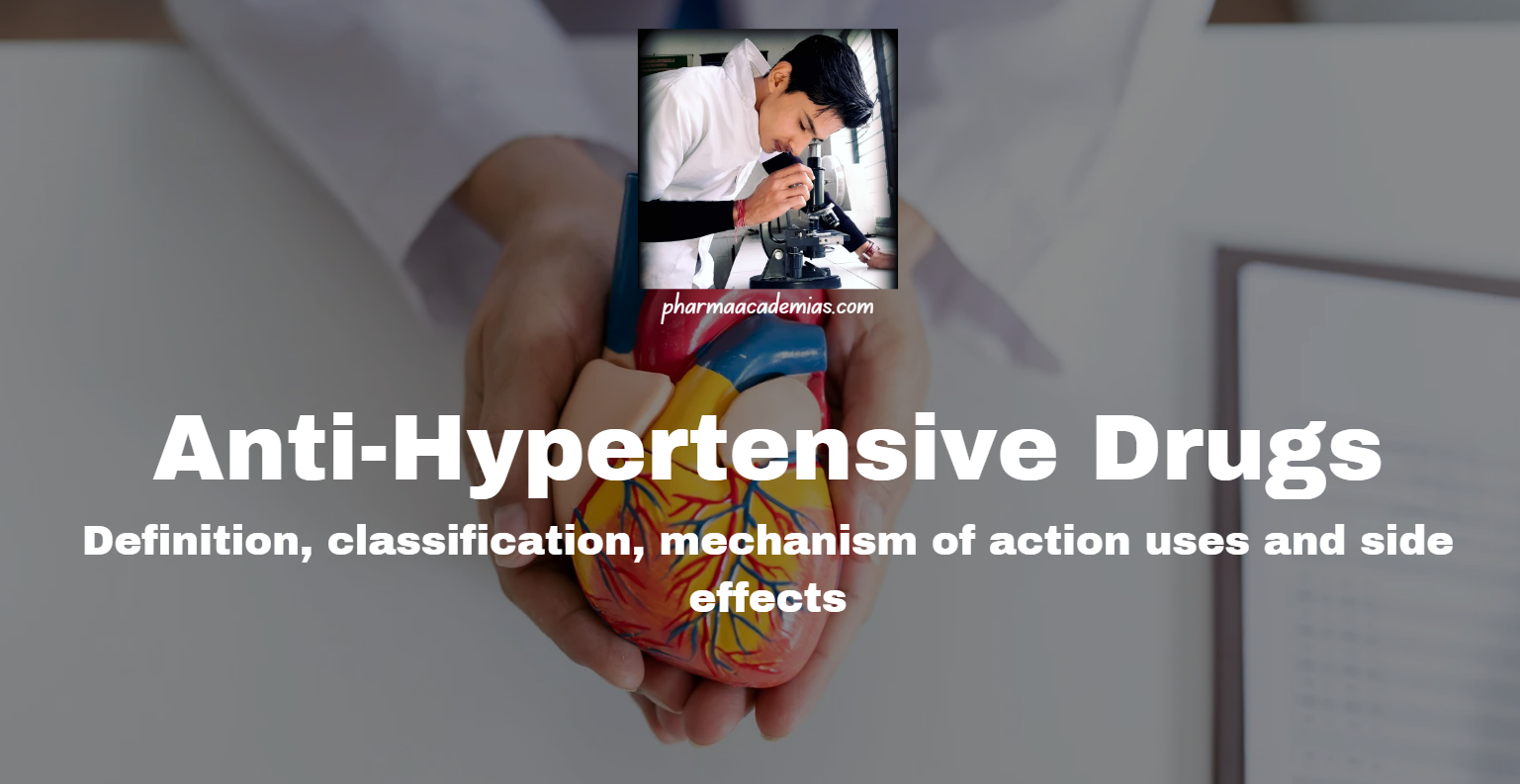Anti-Anginal Drugs: Definition, classification, mechanism of action uses and side effects.
Angina pectoris, commonly referred to as angina, is a symptom of myocardial ischemia characterized by chest pain or discomfort due to insufficient blood flow to the heart muscle. Anti-anginal drugs are used to alleviate symptoms, improve exercise tolerance, and prevent acute coronary events. Introduction Anti-anginal drugs are medications designed to manage and treat angina pectoris. … Read more




